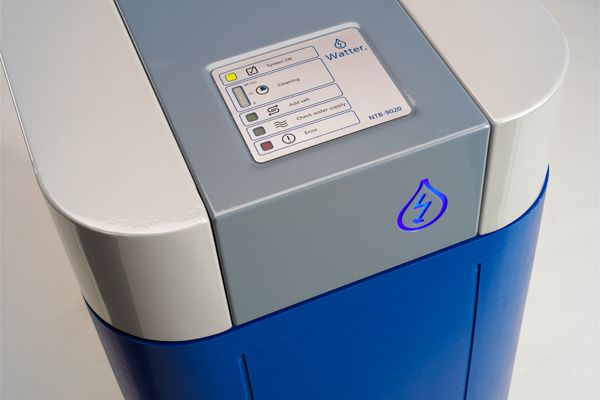Formalin-free hatching egg disinfection: an achievable goal!
Tags: Egg handling | Whitepaper
, January 13 2012

Disinfecting hatching eggs is a critical control point (CCP) in the poultry production chain, aimed at reducing the introduction of pathogens into the hatchery for the production of healthy day-old-chicks.
Properly carried out, fumigation with formaldehyde gives excellent disinfection results at relatively low cost – and has become a common method of disinfecting hatching eggs worldwide (see Cadirci (2009) for a detailed review). However, contra-indications for human health and the environment have already prompted several countries to ban the use of formaldehyde and, as pressure grows to discontinue its use, more are expected to follow.
However, there are several good alternatives, both for disinfectants and in methods of application. Applying disinfectant as a gas, as with fumigation, is advantageous because many eggs can be disinfected simultaneously, with the added assurance that the entire surface of each egg is properly treated.
The same quality of disinfection can be achieved by Low Volume Misting, which produces a very fine fog with a maximum droplet size of 10 microns. Hatcheries employing this method report good results with air supported nozzles, while noting that to achieve even distribution of the disinfectant over eggs that are tightly packed on setter trays loaded in setter trolleys, some fine-tuning of air pressure and the supply-pressure and –speed of the disinfectant solution is required. Trials are currently underway to find a more robust, less sensitive type of nozzle.
Depending on the type of disinfectant used, between five and ten litres of disinfectant, in solution according to the manufacturers’ instructions, is sufficient to disinfect 115,200 eggs loaded on 24 setter trolleys. Complete disinfection can be achieved in less than one hour, depending on the number of nozzles used, with the further benefit that existing (formalin) fumigation rooms can be adapted to deliver Low Volume Misting without major renovation.
With Low Volume Misting, the egg surface becomes slightly wet, which is a good indication that the disinfectant is properly distributed. While it is true that eggs should not get wet by water eg. rain, humidifiers or condensation, which provides a transport medium for bacteria to enter the egg through pores in the shell, it is a myth that eggs should not get wet when using a suitable disinfectant, which will kill micro-organisms and presents no threat.
Disinfectants containing quaternary ammonium compounds combined with glutaraldehyde and hydrogen peroxide in combination with peracetic acid have been used successfully for hatching egg disinfection. Overdosing should be avoided, as this may either cover the pores, which could hamper weight loss and gas exchange during incubation, or damage the protective cuticle.
A further and more recent development is the sustainable, onsite production of a highly effective, non-toxic disinfectant that is known to have no adverse side effects with continued use. Electrical Chemical Activation (ECA) of a saturated sodium chloride solution, found its origins in the Soviet Space Program several years ago. It has been further developed by Dutch company Watter BV, such that it now delivers a disinfectant solution in a reliable and repeatable manner.
This disinfectant, which contains active chlorine compounds, different hydroxyls, hydroxyl radicals and oxygen compounds, has been extensively trialed by several Dutch hatcheries, who report excellent results, with the additional benefits of user, material and environmental friendliness. Production costs are extremely low.
Whichever route the hatchery chooses, it is clear that formalin-free hatching egg disinfection is achievable in the hatchery.
Advice
- Disinfect shell-clean hatching eggs only.
- Ensure good distribution of the disinfectant over the entire surface of every egg.
- Evaluate the type of disinfectant, dilution rate and quantity not only by reduced numbers of micro-organisms, but also by effects on weight loss during incubation and the effect on cuticula, hatchability and chick quality.
- Consider the effects of the disinfectant on personnel, equipment and your environment over the long-term.